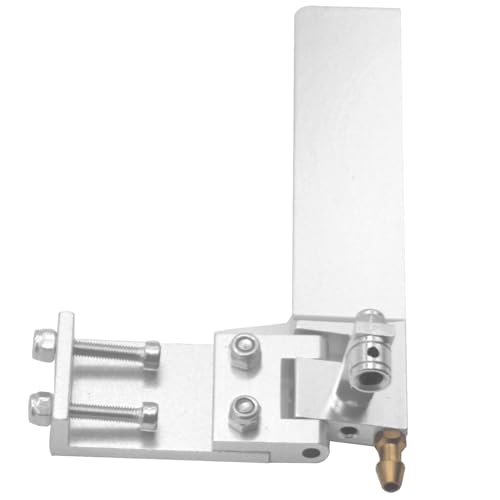Dave,
I am not sure which engine you would have seen, but the earlier ones had a steel rear bearing housing and a smaller diameter aluminium disc. The disc only seals on the rear bearing housing, so is not a zimmerman disc.
Later motors have an aluminium rear housing which is hard anodised yellow, and again this is the sealing face for the aluminium disc, which is larger in diameter
I just pulled apart an A100, the disc is about 49mm diameter, so it is not that much smaller than a CMB. The bigger the disc, the wider the motor, so there are simply practical limitations to how big the discs can be made.
The port has much more area than the carb, and while probably even more area would be better, how much more area over the carb do you need?
Did you see the induction I drew for the twin cylinder motor in the 180 topic? Still a 4 bearing crank, but with integral drum induction. B)
Nitrocrazed racing: How much area do you need to run a 14mm carb....



































